463.
Southern Ground Hornbill Bucorvus leadbeateri
Order: Bucerotiformes. Family: Bucorvidae
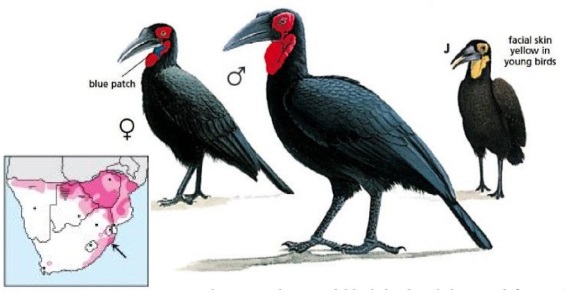
- Southern Ground Hornbill.jpg (43.94 KiB) Viewed 1400 times
Description
Size: 90-130 cm; 2.5-6 kg. A large turkey sized black bird with a long decurved bill and conspicuous red face and throat. Males are larger than females. The sexes look alike in young birds, but once they are fully mature, the males have fully red facial skin, while the female has a patch of violet blue below the bill, which in some cases can cover most of the lower parts of the facial skin.
Adult male: Characterized by black plumage and vivid red-coloured face and throat pouches. The white tips of the wings (primary feathers) seen in flight are another diagnostic characteristic. The beak is black, straight and presents a casque.
Adult female: Similar to the male, but has a smaller bill and casque than the male, and a small blue throat patch (variable in size) between the red throat pouches.
Juvenile: The plumage is sooty brown. Facial skin initially pale grey-brown, turning yellow within a year, flecked red by 2 years, orange by 3 years and only fully red by 4-6 years.
Distribution
The Southern Ground Hornbill occurs from Kenya and the DRC to southern Africa, where it is widespread but fairly scarce in Botswana, Zimbabwe, Mozambique, KwaZulu-Natal, Eastern Cape, Limpopo Province and northern Namibia.
The Southern Ground Hornbill was formally distributed throughout Africa south of the Equator. However it has disappeared from several parts of its former range, maybe as much as 70% in South Africa, and extensive areas in Zimbabwe. The core concentrations in South Africa lie in the extensive conservation areas of the Kruger National Park and adjacent private reserves, the conservation and farming areas of northern and midland KwaZulu-Natal, and the rural areas of the Eastern Cape. It occurred at low densities in Swaziland and a gap in the range is becoming apparent, separating the populations in northern KwaZulu-Natal and the southern KNP
Habitat
Scarce resident and nomad in savanna, woodland and grassland with adjoining forest. Occurs in family groups.
Diet
Small animals up to squirrel and hare size, reptiles such as lizards, snakes and tortoises, also insects, frogs and snails. It often finds prey by digging, especially in dung heaps.
Breeding
These birds are the largest avian species known to be obligate cooperative breeders, and one of only four African hornbills are thought to exhibit this social organisation. Monogamous, and breeding co-operatively, with a group consisting of a dominant breeding pair and up to 9 helpers, who are either adult males or juveniles from previous breeding seasons. Ground Hornbills nest high up in large trees with sizable cavities, sometimes in holes on cliffs or earth banks, and rarely on old stick nests. In 80% of clutches, the breeding female lays two eggs and the second egg is laid three to five days after the first. Since incubation commences with the first egg, the chicks hatch 3 to 5 days apart. The older chick may weigh 250g by the time the second hatched chick hatches, at about 60g. The eldest chick always out-competes its younger sibling for food and the younger dies of starvation within a few days of hatching. The critical aspect of Southern Ground Hornbill breeding biology is their naturally low productivity. The birds breed during the austral summer, with egg-laying in September to December, usually after the first good rains, but sometimes not every year. On average, attempts to breed are every 2.6 years, but the average overall fledging rate in the Kruger National Park is only one chick per group every 9.3 years. In South Africa, the clutch size is one or two eggs, rarely three and they are incubated for about 42 days. Only one chick is ever reared by to fledging by the adults, even in a captive environment when food supply is not an issue. The adult female will brood and feed her chick for the first month, on food delivered to the nest by the group, and only later join the other group members in gathering food. Fledging occurs around 86 days after hatching. It takes six years for a young bird to reach adulthood and it most probably does not start breeding even thenas it first has to become a dominant alpha bird in a group. It was estimated that the first successful breeding in females in the wild would be around 15-17 years, but in captivity they are breeding at 10 years old. It is estimated that they live on average about 45 years, but maybe individually for up to 60 years or longer in the wild.
Call
Deep booming 4-note phrases
ooomph-ooomph, male at lower pitch than female. Calls in duet for long periods at dawn and early morning to advertise territory.
Listen to Bird Call.
Status
Generally uncommon resident. Resident and territorial; usually found in groups of 3-5 birds. Listed as
Vulnerable on the
IUCN Red List of Threatened Species.




 © harrys
© harrys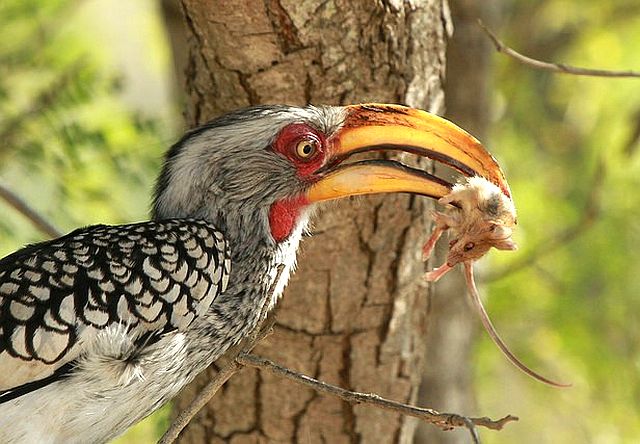 © flying cheetah
© flying cheetah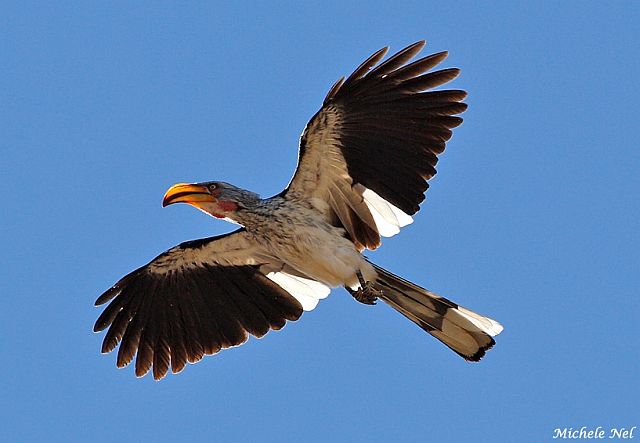 © Michele Nel
© Michele Nel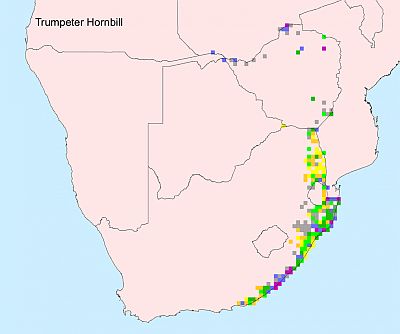
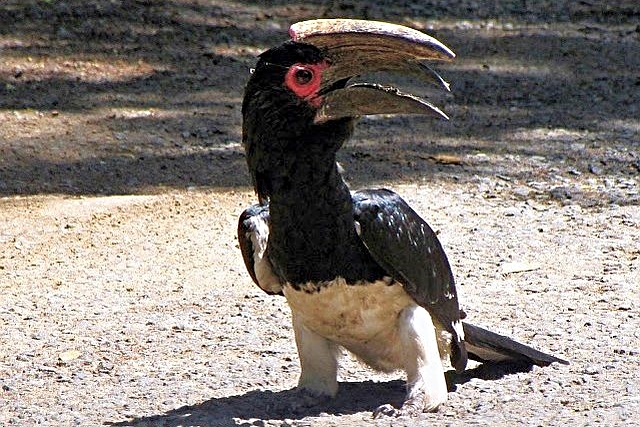 © Lisbeth
© Lisbeth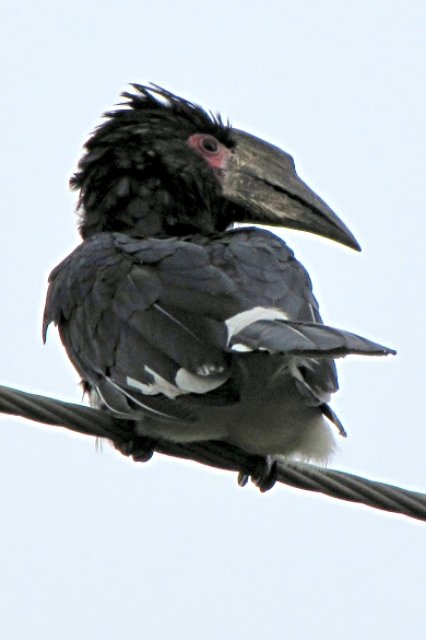 © Lisbeth
© Lisbeth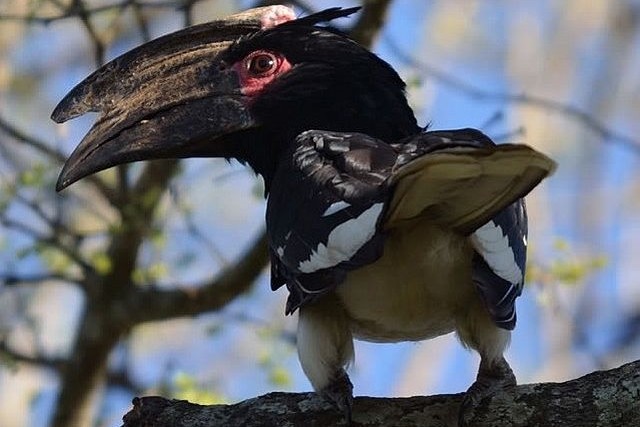 © BluTuna
© BluTuna © leachy
© leachy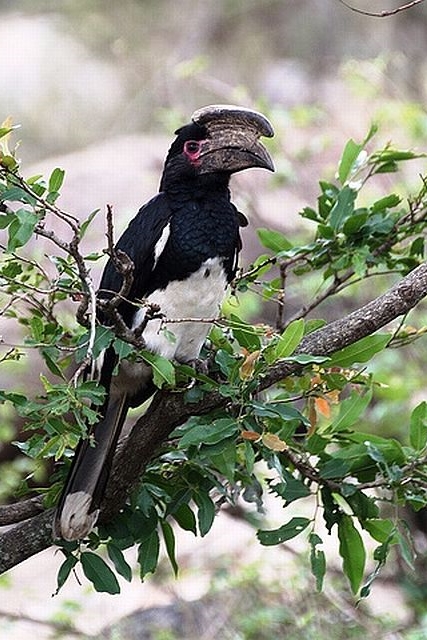 © Moggiedog
© Moggiedog © Amoli
© Amoli © PRWIN
© PRWIN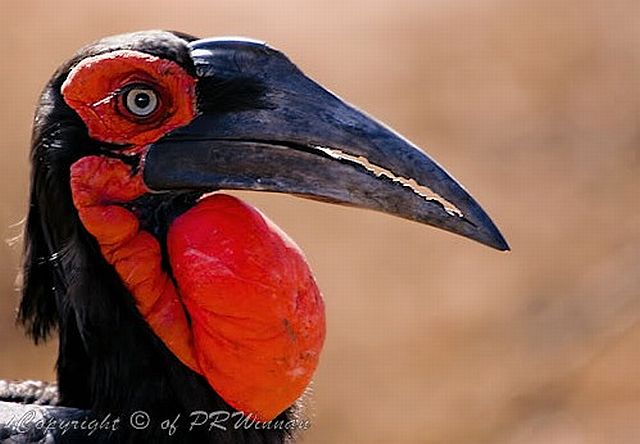
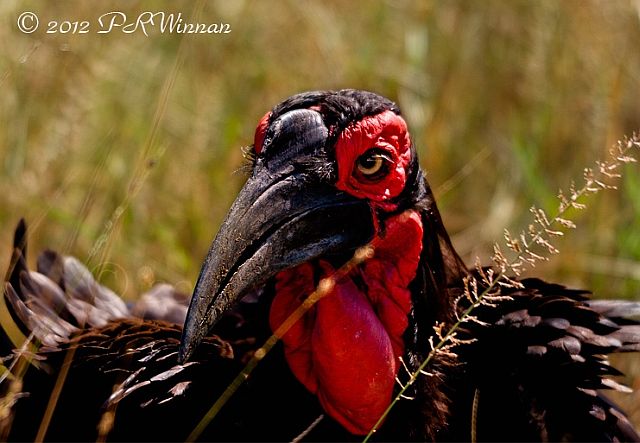
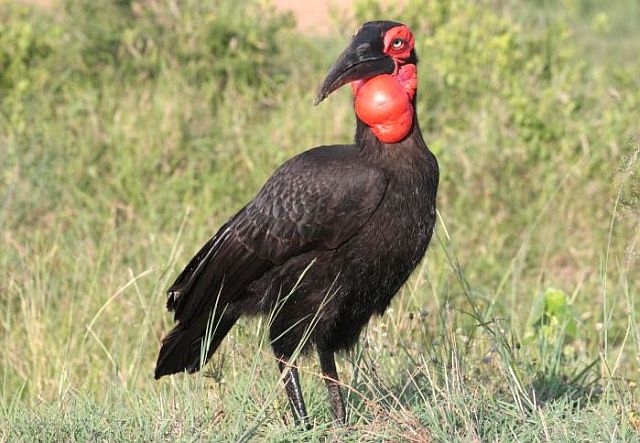 © harrys
© harrys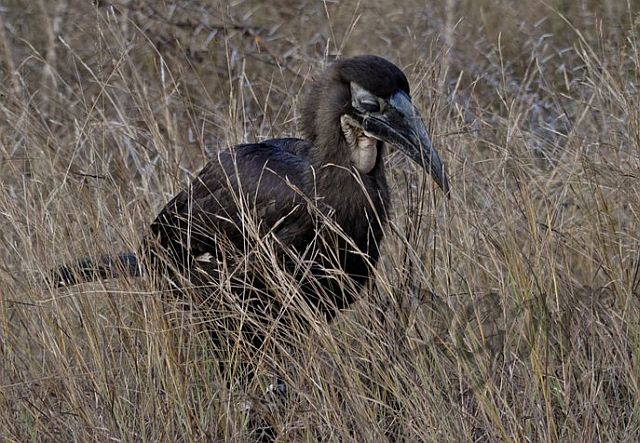 © JustN@ture
© JustN@ture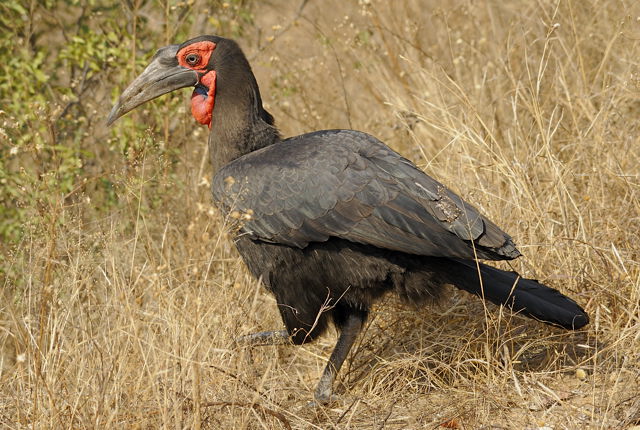 © Dewi
© Dewi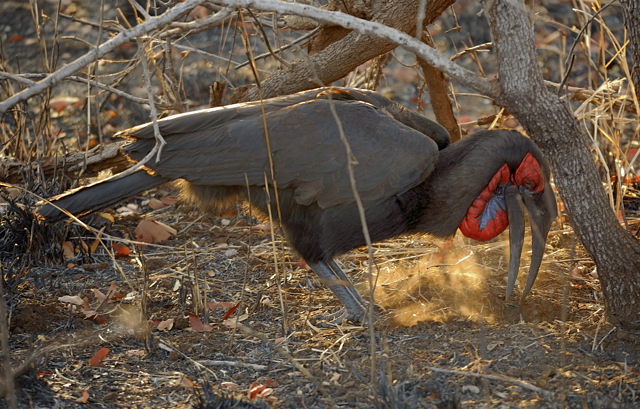 © Dewi
© Dewi © dup
© dup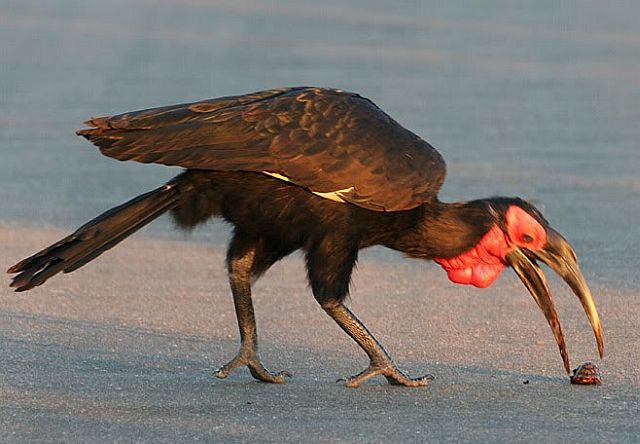 © leachy
© leachy © Bushcraft
© Bushcraft © leachy
© leachy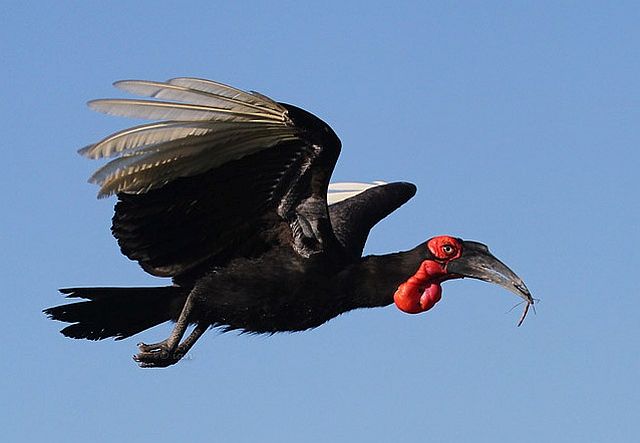 © leachy
© leachy